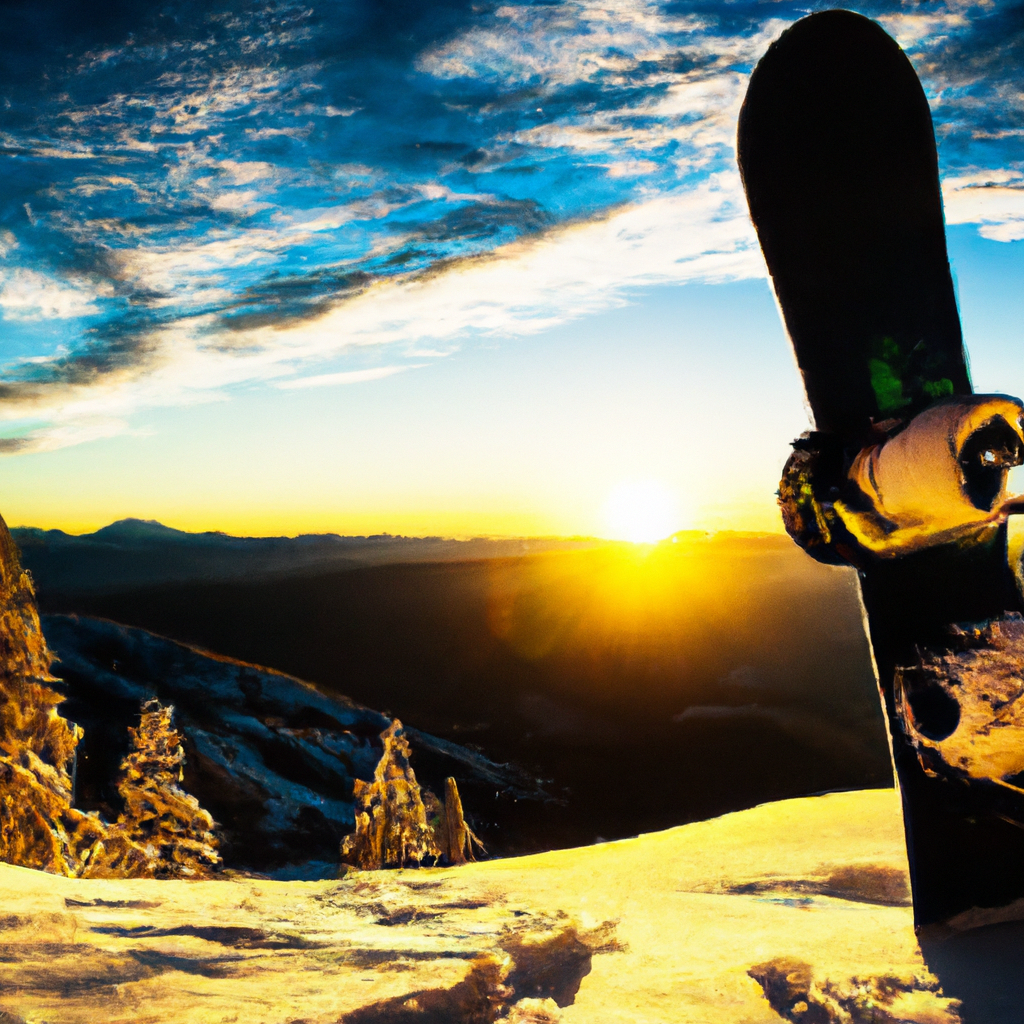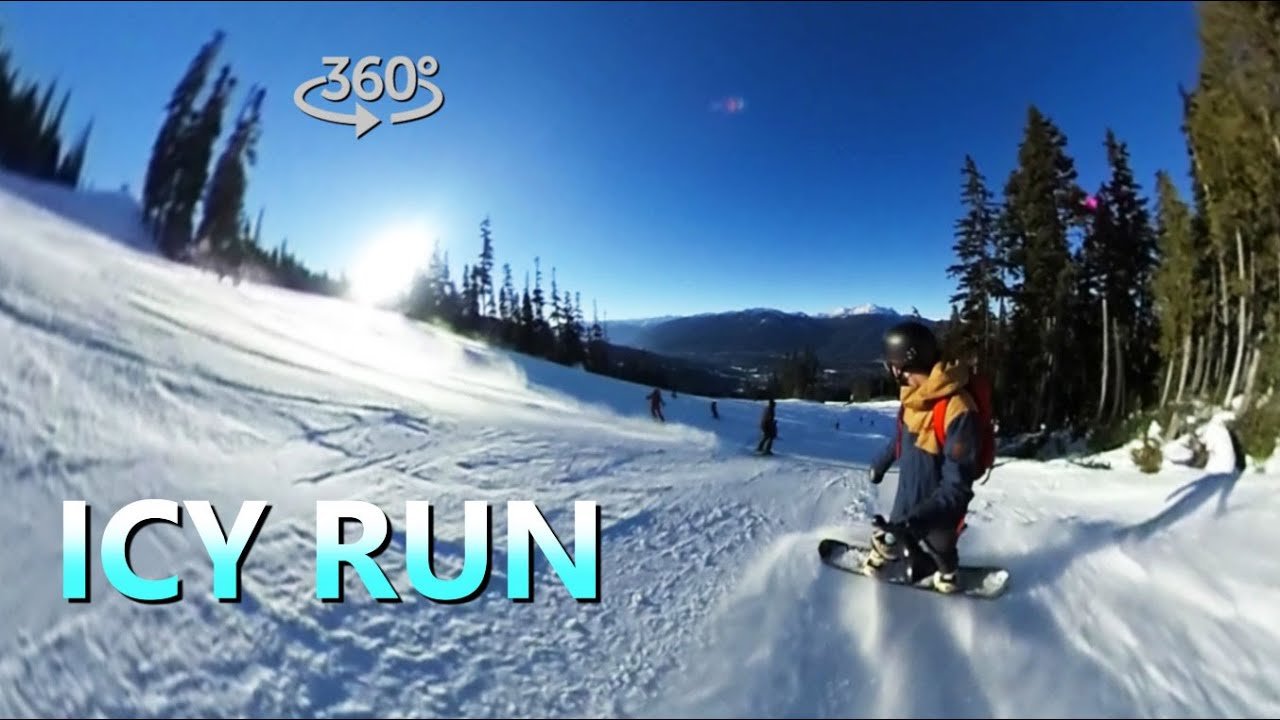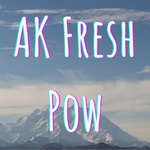
3 Tips for Snowboarding on ICE (360° Video)
In this video titled “3 Tips for Snowboarding on ICE (360° Video),” SnowboardProCamp provides three helpful tips for successfully navigating icy slopes on a snowboard. The first tip emphasizes the importance of looking ahead and planning your turns, taking into account the areas that are particularly icy. By avoiding these patches of ice or anticipating them and adjusting your riding style accordingly, you can reduce the risk of falling. The second tip focuses on maintaining balance over the snowboard, with a straight back, bent knees, and hands at your side. This body position prevents leaning too far over the heel or toe edge, which can cause you to lose control on ice. Lastly, it’s advised to avoid putting too much edge angle on your snowboard. Instead, let it slide with the ice, as trying to increase edge angle or abruptly stopping may lead to sliding out. By following these three tips, riders can improve their snowboarding experience on icy slopes.

Tip 1: Plan Your Turns
When snowboarding on icy runs, it is crucial to plan your turns. Icy slopes can be challenging to navigate, and planning ahead can help you avoid the most icy patches and increase your chances of a successful run. By studying the slope and identifying areas that are more icy than others, you can strategically plan your turns to steer clear of these slippery sections. However, if you find yourself unable to avoid an icy patch, you can anticipate the ice and make adjustments to your riding to maintain control.
Tip 2: Maintain Balance
To effectively snowboard on ice, it is essential to maintain balance. Achieving a balanced body position will prevent you from leaning too far over your heel or toe edge, which can cause you to slide out of control. When riding on icy terrain, keep your knees bent, your back fairly straight, and your hands at your side. This balanced stance will help distribute your weight evenly over the snowboard, ensuring stability and reducing the risk of accidents.
Tip 3: Control Your Edge Angle
Controlling your edge angle is a crucial technique to master when snowboarding on ice. Instead of putting your snowboard on too much of an angle, it is recommended to go with the slide of the ice. Allowing your snowboard to slide with the ice rather than trying to stop yourself will minimize the chances of sliding out. Increasing your snowboard’s edge angle or attempting to stop abruptly can lead to loss of control and potential falls. By maintaining a slight edge angle and sliding with the ice, you can navigate icy runs more effectively.
Importance of Planning Your Turns
Planning your turns is essential when snowboarding on icy runs as it allows you to have better control and maneuverability. Icy conditions can make turning more challenging, so it is crucial to anticipate the areas of the run that are particularly icy. By looking ahead and assessing the slope, you can strategically choose your turning points to avoid the most treacherous patches. This proactive approach will help you maintain a smoother ride and reduce the risk of accidents or falls.

Identifying Icy Areas
In order to plan your turns effectively, it is crucial to identify the icy areas on the slope. Icy patches can vary in size and location, so it is important to pay attention to any visual cues that indicate icy conditions. Look for shiny or reflective surfaces, as these are signs of ice. Additionally, observe how other riders are navigating the slope and take note of any areas where they seem to struggle or lose control. By identifying and acknowledging the icy areas, you can better prepare yourself and adjust your riding technique accordingly.
Adjusting Riding in Icy Patches
While it is preferable to avoid icy patches altogether, sometimes it is unavoidable. In such cases, it is essential to adjust your riding technique to maintain control and stability. When approaching an icy patch, anticipate the decreased traction and make adjustments to your stance and body positioning. Keep your weight centered over your board, with your back straight and your hands over your nose and tail. This balanced position will help you stay in control and prevent your weight from shifting too far over your toes or heels, which can result in sliding out of control.

Maintaining Balance on Ice
Maintaining balance is key to successfully snowboarding on ice. When riding on icy terrain, it is crucial to distribute your weight evenly over your snowboard. By keeping your knees bent, you can absorb the vibrations and impacts caused by the icy surface, improving stability. Additionally, a straight back and relaxed arms will help keep your center of gravity aligned with your snowboard, reducing the chances of leaning too far over your edges and losing control. Practice maintaining balance during your snowboarding sessions to improve your stability on icy runs.
Centering Your Weight on the Board
To stay balanced and in control on ice, it is important to center your weight over your snowboard. Your weight should be evenly distributed between your front and back foot, ensuring stability and control. Avoid leaning excessively forward or backward, as this can disrupt your balance and cause you to lose control. Instead, focus on maintaining a centered position, keeping your weight evenly distributed over the board, and adjusting as necessary to navigate icy patches smoothly.
Avoiding Leaning Too Far on Toes or Heels
Leaning too far over your toes or heels can result in loss of control on icy terrain. It is important to find the right balance and avoid excessive leaning in either direction. When riding on ice, try to maintain a more upright position to prevent your weight from shifting too far forward or backward. It can be tempting to lean back to try and counteract the slippery conditions, but this can lead to instability and potential falls. By keeping your weight centered and avoiding extreme leaning, you can stay in control and maneuver effectively on icy runs.
Conclusion
Snowboarding on ice can be challenging, but with the right techniques and strategies, you can navigate icy runs with confidence. By planning your turns, maintaining balance, and controlling your edge angle, you can improve your riding experience on icy terrain. Remember to anticipate icy patches, adjust your riding technique accordingly, and prioritize balance and weight distribution. By implementing these tips and practicing regularly, you can enhance your snowboarding skills on icy slopes and have a safer and more enjoyable experience. Happy riding!
